Tea
Tea mosquito bug
Symptoms of damage
Identification of pest
Adult - black colour with red thorax, black and white abdomen and greenish brown wings.

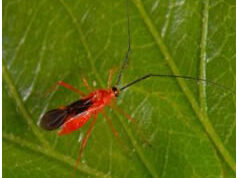
Management
Looper cater pillar
Symptoms of damage
Identification of pest
Larva - dark brown with pale yellowish white lines on the back and sides.
Adult - grey wings speckled with light brown or black markings and irregular wavy yellow lines.
Management
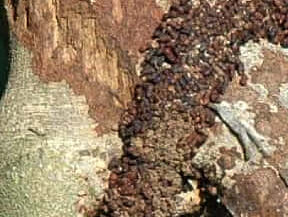
Lobster Caterpillar
Symptoms of damage
Identification of pest
Eggs are white and finely sculptured
Larva – black colour, resembles on dry leave
Adult - Greyish white wings and reddish brown spots on the forewings.

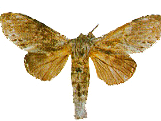
Management
Flush worm
Symptoms of damage
Identification of pest
Eggs are pale yellow and lay singly on the under surface of mature leaves
Larva – brown in colour.
Adult is very small moth, blackish brown in colour.
Management
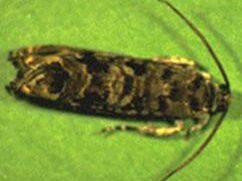
Tea tortix
Symptoms of damage
Identification of pest
Larva - green in colour
Pupae - initially green colour and turns to reddish brown
Adult - brown coloured and bell shaped in outline.
Management
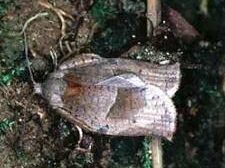
Shot hole borer
Symptoms of damage
Identification of pest
Female - small, black colour and long beetle.
Male is half the size of female, devoid of wings.
Management

Red spider mite
Symptoms of damage
Identification of pest
Eggs are reddish in colour and spherical in shape
Adult - female is elliptical in shape bright crimson anteriorly and dark puplish brown posteriorly.
Management
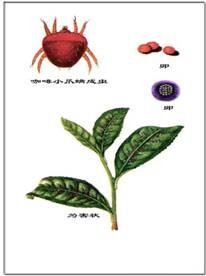
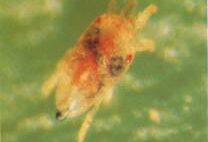
Scarlet mite
Symptoms of damage
Identification of pest
Eggs - are bright red colour and elliptical in shape
Adult - scarlet red in colour and ovate in shape.
Management
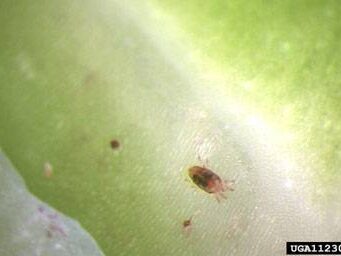
Purple mite
Symptoms of damage
Identification of pest
Adult - very small, spindle shaped and dark puple in colour
Five longitudinal white waxy ridges on the dorsal side.
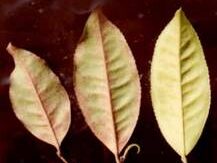
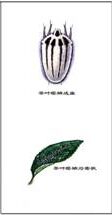
Management
Pink mite (or) Orange mite
Symptoms of damage
Identification of pest
Adult - very minute, orange coloured and carrot shaped.
Management

Yellow mite
Symptoms of damage
Identification of pest
Male mites are small and white to pale yellow in colour.
Females are yellowish and bigger than the males.
Yellow mites are active and fast moving mite.

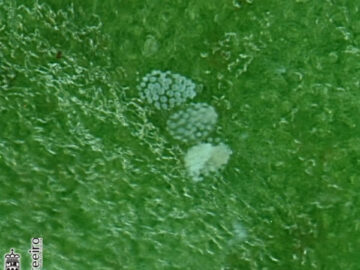
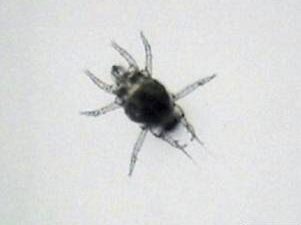
Management
Thrips
Symptoms of damage
Identification of pest
Adults - brown abdomen.
Management
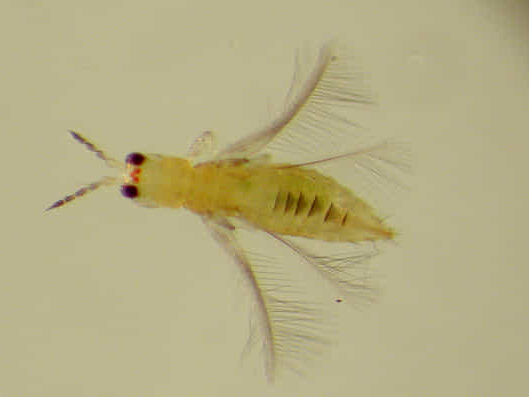
Aphid
Symptoms of damage
Identification of pest
Dark brown aphids
Management
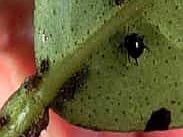
Source: https://agritech.tnau.ac.in/
